
Students are invited to join us for a celebration of student voices in the Civil Rights Movement. Together we’ll discover the stories of students who insisted on equality for all and how their actions shaped our constitutional history.
More on this topic: https://constitutioncenter.org/education/classroom-resources-by-topic/civil-rights-movement
Visit our media library to discover more online classes, podcasts, and Town Hall conversations: https://constitutioncenter.org/news-debate/media-library
Subscribe to the National Constitution Center on YouTube: https://www.youtube.com/user/ConstitutionCenter?sub_confirmation=1
Follow the National Constitution Center on social media!
Facebook: https://www.facebook.com/constitutionctr/
Twitter: https://twitter.com/ConstitutionCtr
Instagram: https://www.instagram.com/constitutionctr/
Sign up for our newsletter: https://visitor.r20.constantcontact.com/manage/optin?v=001isJLcA0NBDU2D_HGg2ohDtUUbfEfE-Gpl9t1—7rRBAsT4f5B7IV2UbsNZFPIVvYFY1ZtLK4zENNfTuda3Z_WJBoefPS8mnvM8KMyfAOq4%3D
All right um welcome everyone to the National Constitution Center my name is Madison and I'm a member of the center's Education team and I am so excited to Welcome you to Civic stories and today's Topic is students of the Civil Rights Movement so this is a a fantastic topic I hope students that are watching right Now uh that we learn a lot from the Students of the past and maybe they can Influence the future as well so we're Going to be talking about some of the Student voices in the fight for civil Rights now some of these students and Some of these stories you might be Familiar with but some might be new to Us and that's okay we're going to learn We're going to learn a lot um these are Going to be the questions that guide us Today number one what was the civil Rights movement and what role did Students have in It number two who were some of the Students in the fight for civil rights And number three despite the Constitution's promise of freedom and Equality what were some ways that Students were being treated unequally or Unfairly we're going to explore all of Those questions today in our time Together now if you have questions or Comments please feel free to pop those Into the chat and we're going to save Some time at the end for questions but
We have a lot to do so let's go ahead And get started now before we kind of Dive into our student stories we need to Understand this concept of separate but Equal see in 1896 there was an Infamous Supreme Court case that basically Decided that separate but equal that Segregation was legal now that it was Okay to have separate facilities uh Including water fountains bathrooms Swimming pools schools that's important For today's conversation that it was Allowed to have separate uh institutions For white children and non-white Children as long as they were equal but Friends my question for You can separate really ever be Equal think about that as we kind of Make our way through our student stories Today now while 1896 was the legalized Segregation of the United States kind of Across the country that was the law of The land was segregation was allowed It's important to note that segregation Was common across all areas of the Country well before 1896 and that brings us to our first Family I'd like to introduce you all to The tape family now feel free to pop Into the chat if anyone if you've heard Of the tape family uh I know that They're kind of an uncommon name in this In this topic so so feel free to let us Know if you've heard of the tape family
But these are our first student Spotlights um we have here Mary and Joseph tape Mary is our our mother here On the right and Joseph is the father on The left um and Mary immigrated to the United States to California from China Um in the late 1800s when she was oh 11 Years old but she she loved it she Became really involved in the community In Cali California um you know really Found economic success um and social Success and she married Joseph and they Ended up having four children in total Um M Frank Emily and Gertrude now they're these the students Their their children especially this one Here right in the middle M she is going To be the topic of our story today Because m is going to try to enroll in a Local school in San Francisco that's Near near their house in their Community But she is denied admission because she Is Chinese because she's Chinese American how could this happen why why Is this happening she had been born in The United States she has those same Rights as Citizens born in the United States well there was some very very Growing anti-chinese sentiment in the Country during this time and it had to Do a lot with the economic success of Chinese laborers so let's take a look First at kind of Chinese and California So you know during the gold rush if we I
Know we have some friends from California here during the Gold Rush Many Americans started making their way Out west um and word eventually got back Of course to other countries as well uh China was one of them and many Chinese Started coming and traveling immigrating To the United States um to go to California which they called gold Mountain so they came to the they came To the United States they came to California and they had a variety of Different jobs they they were prosperous Um economically um working on um working In in logging and fishing uh and Railroads um they um they set up their Own chinatowns kind of across the state Um but their arrival and kind of the Economics success that they had in the United States um really angered a lot of The white workers in the state and those White workers became really resentful And really honestly they said very Racist hateful discriminatory things About the Chinese and they accuse them Of stealing their work um and invading The country and so what you have as a as A result of this is this kind of growing Anti-chinese sentiment um many Californians and many Americans were Very anti-chinese because of this Propaganda um that was published in Political cartoons um you have two Images on the screen here um two
Political um images that uh kind of Depict the Chinese as evil forces kind Of invading the United States that it's A monster and that it's a problem um That should be should be tackled this Snake likee figure here that you can see It if you can read the lines here it Says Chinese Immigration on its belly so it's Supposed to kind of scare white Americans into thinking that oh no the Chinese are coming and they're taking Over everything um and the United the Federal government um decided to to act On those fears that that white Americans Had Um you know these the Chinese Fe faced Legal restrictions on their civil rights They endured racist stereotypes and even Mob violence um burning down chinat Towns chasing them out of their towns um And what the government did um is the United States Congress in in 1882 passed The Chinese Exclusion Act um and it was Signed into law in 1882 um and it essentially banned Chinese workers from coming into the United States but that later expanded to Chinese in general and then in 1889 um there was a famous court case um That kind of questioned the legality the Constitutionality of Chinese Exclusion And the court upheld it it said yeah um Chinese Exclusion based on race based on
You know nationality that's okay that's Legal that's what it decided in 1889 and in 1924 the United States went Even further and established immigration Quotas so essentially looking at a map Of the world and saying we will allow x Amount of people from this country and Only x amount of people from that Country and it was based on your country And nationality and and Asian countries In particular were excluded um quite a Bit and then these bans on Chinese Immigration lasted kind of until after World War II you know that's after the After the 1940s so that's a little bit of the Context of for this family you know Mary Tape and her family are living in a a State and are living in a country that Doesn't want them there they're trying So hard to exclude them and when Mary Goes to enroll her daughter manie who's Just I think she's just eight years old At the time and she tries to enroll her In a local school in San Francisco Called the Spring Valley Primary School The principal said no she cannot come Here she's Chinese we do not allow Chinese students here and her mom said Oh absolutely not you cannot do that and I will fight this and she did M or Mary Tap here her M's mother um fought really Hard to try and get her into this school Luckily for the tape family there were
Other people in in the government who Agreed and who said You know uh this is a ter this is Terrible you excluding People based on This color of their skin um this man Here George frisbee hoar um was a Senator I believe who disagreed with the Chinese Exclusion Act look at these look At what he said about it he said nothing Is more in conflict with the genius of American Institutions than legal distinctions Between individuals based upon race or Upon Occupation Essentially it's in direct violation of American ideals that we exclude people It violates our founding principles he Goes on to say we go boasting of our Democracy and our superiority and our Strength the flag Bears the stars of Hope to All Nations so he was kind of the the um the Voice in favor of of accepting and Allowing people into the country um but Unfortunately he was in the minority Majority of the country disagreed and They just were trying to get the Chinese Out but that didn't stop Mary and M tape See this is um this is printed from a Newspaper where Mary tape um M's mother Um kind of chastised and she scolded um The judges in California who were trying To uphold uh this discri discriminatory
Practice of denying her daughter the Ability to attend a school and I've Highlighted here a couple of my favorite Phrases that she wrote she said I will Let the world see sir what Justice there Is when it is governed by the race Prejudice of men and then she ends it by Saying I guess she meaning M I guess she Is more of an American than a good many Of you that is going to prevent her from Being Educated so a really a huge Testament to Um this mom fighting so hard for her Daughter to go to a good school um one That was in her neighborhood that was a Really good school um and she was denied And although ultimately Unsuccessful this case this important This important case um of M tape is an Important step in the fight for civil Rights for students and it kind of lays It it kind of of builds the momentum That we're going to see in our next two Spotlights about students in the Civil Rights Movement all right moving on to our next Highlight here is Sylvia Mendes now Sylvia in 1944 moved with her Family she was born in Santa Ana California um but she moved to a farm in California um on the that was owned by a Japanese American family that had been Forcibly removed from their home and put In an internment camp um after the
Bombing of Pearl Harbor um there was a Lot of terrible racial um fear that was Kind of stoking um the Flames that forc Japanese Americans into these um Internment camps by way of a Presidential executive order um where They rounded up a bunch of Japanese Americans and force them into camps so The Mendes family decided to rent or to To rent the farm of this Japanese family And move there and take care of it while They were in an internment camp um and The the Mendes family um Sylvia is one Of the daughters they needed to go to School of course um and the local school Was beautiful it had like palm trees and A beautiful playground um and Sylvia was So excited to go to school because it Looked so beautiful and she was so Excited but she was denied entry into This local school because she was Mexican American and the principal and the School district said well we think that You should go to a Mexican only school Um because it's better for your culture And your language and Sylvia's mother And father said absolutely not my child Is as capable is as equal is as Deserving as the white children in our Neighborhood and she deserves to go to That school as Well and it was a fight it was a big Battle um her parents um they they
Worked really hard to fight this um they Were denied multiple times by the school District um and the principal of the School And it's important to note too that the Principal said well why don't you just Have her go to the Mexican American School um that's you know kind of that She can go to and she'll be comfortable In with her peers and that school was Not as nice as the other school uh it Was I think two rooms and a little bit Dilapidated definitely not as nice as The whites only school so of course Sylvia didn't want to go there and of Course her parents didn't want her to go There she was denied entry into that School um but this case would inspire a Lot of other cases around the country a Lot of other students and parents around The country to fight for for equal Rights for their children um you know She appealed the school district and When they said no they decided to hire a Lawyer and the league of United Latin American citizens um this is a a Photograph from I believe one of their First meetings um they helped pay for The um the legal fees of the lawyer that Was going to help the Mendes family Fight this Injustice so the Japanese American Citizens League the American Jewish Congress the National Association for
The advancement of colored people and The league of United Latin American Citizens submitted legal arguments um in Support of this case um this case was Really really important um because it Comes before a pretty big Landmark case That we're going to talk about in just a Minute here um but I want you to kind of See how this case played out because um Mendes um eventually won the Mendes Family won their suit um and it was Fantastic because the governor of California at the time Earl Warren we'll See him again soon don't worry um he was Instrumental in signing a law making California the first state to ban Segregation in public schools all thanks To Sylvia Mendes and her family they Challenged this constitutionality of Separate schools for Mexican-American Students and lawyers from the ACLU Including one thugged Marshall that name Might ring a b Bell as well filed briefs During this case um Sylvia Mendes Friends this is not that long ago she is Still alive today um and in n and um I Believe she was awarded the the Presidential medal of of Freedom uh by President Barack Obama um for her work In civil rights um in schools which is Amazing um and she continued to speak And educate students about her case um And encourages young people to stay in School um this case of hers is often
Overlooked but it's important one that Helped lay the groundwork for our next And final student Spotlight now this Case some of you might be a little bit More familiar with um we're going to Take a look at the story of Linda Brown And that famous Brown versus the Board Of Education now here is our our lovely Linda Brown standing in front of the Suar school uh in Topeka Kansas um she Was in third grade at the time and she Wanted to enroll in the school uh and Her parents you know they went to the School they tried to enroll her Submitted an application um but she was Denied based on race based on the color Of her skin um her lawsuit against Segregation in elementary schools um is An important one and it was ultimately Successful um and resulted in that Famous Supreme Court case Brown versus The Board of educ a that overturned that Old case from 1896 Cy versus Ferguson that allowed for Separate but equal treatment of Individuals but Linda Brown's story is Is really fascinating because this School was close in her neighborhood and It's of course you know she would go to Her local school but it was for whites Only really um and it wasn't that wasn't Uncommon at the time at all segregation In schools was already already very
Popular very very familiar part of um American culture at this time um here's An image of students who are actively Protesting I think this is from a School In Tennessee I believe who are actively Protesting for the integration of their School um and this isn't uncommon um at All this this happens all over the Country when schools start to try and Integrate there are a lot of protests And my goodness the student students That are trying to attend these schools Are so brave they are they and their Families are being harassed um sometimes With threats of of violence and and We'll have things thrown at them um Constantly harassed just for trying to Get an education it's just it's wild to Me um but this school um suar School uh Was a really important kind of um School In this fight for civil rights um Because it it was representative of Schools across the country that were Unwilling to let um students of color Come into the schools but Linda Brown um Lucky um for Linda Brown and her parents And and for all of their hard work um Worked really hard um to get this Overturned and that of course resulted In the famous court case where a Combination of five cases from kind of Students all over um who were trying to End segregation in public schools um it All kind of comes together in
1954 um at the Supreme Court in Washington DC and the question before The court is Basically can we separate students into Different schools based on race is that Legal is that Constitutional or is it Unconstitutional and as you can see from The happy faces of these gentlemen Outside the Supreme Court Building Uh one Mr thuren Marshall here it was in Fact decided that no you cannot separate Students based on race in schools that Is illegal that is not okay and it was An important decision handed down in 1954 and this quote from Chief Justice Earl Warren he would remember he was the Governor of California in the Mendes Case but now for board he is um on the Supreme Court And he says we conclude that in the Field of public education that the Doctrine of separate but equal has no Place separate educational facilities Are inherently Unequal an incredibly important decision That reverses that decision of separate But equal and bans discrimination bans Segregation it is a landmark court case And here is the school today you can Actually see the school today as Susan Pointed out in the chat um this school Is a historic site and anyone can kind Of go and visit and check out this
School in Kansas um I believe a couple Of of past presidents um and first Ladies have visited this Historic Site Um and and kind of walked the halls of The Sumer School um and although this right to Attend a non segregated school was um Upheld by the Supreme Court Linda Brown Did not actually have the opportunity um To attend the suar school um because by The time the case was decided she was Already in Junior High um and it's Important to note that she was Reportedly harassed by by journalists After the ruling by other students um You know the the harassment continued And the fight continued but she later Attended Washburn um and Kansas State University so her educ ational Journey Did not end there now friends that is The final story of our time together Today um I hope you enjoyed learning a Little bit about some of these perhaps Unfamiliar stories and faces um of Students of the Civil Rights Movement um It's always so much fun spending time With all of you and I appreciate you Tuning in um and we hope to see you Again at the next Civic Story
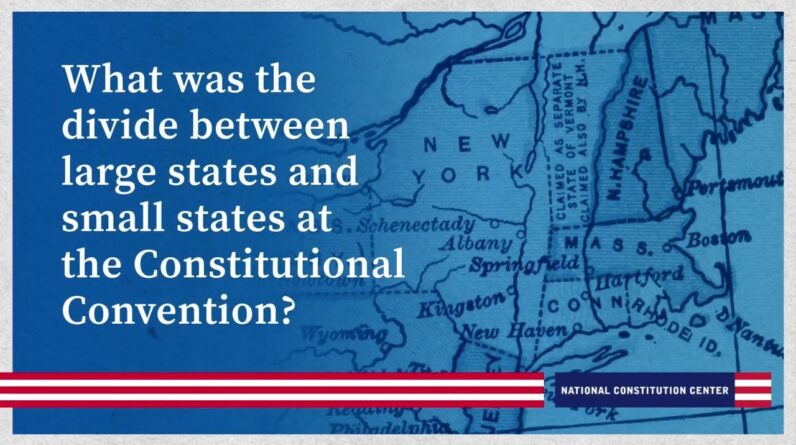
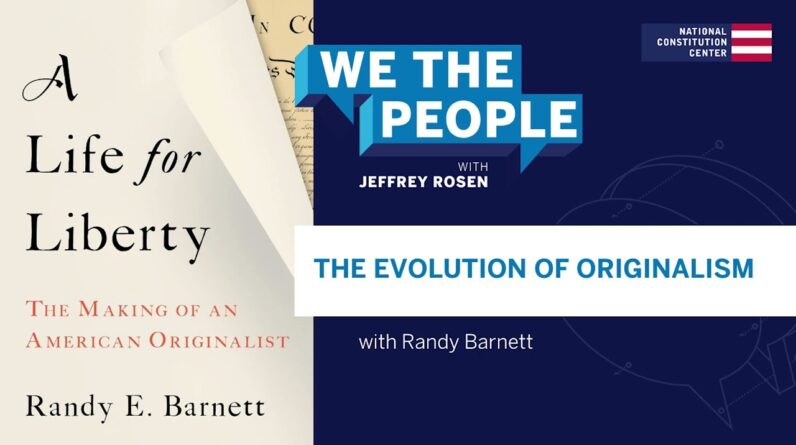
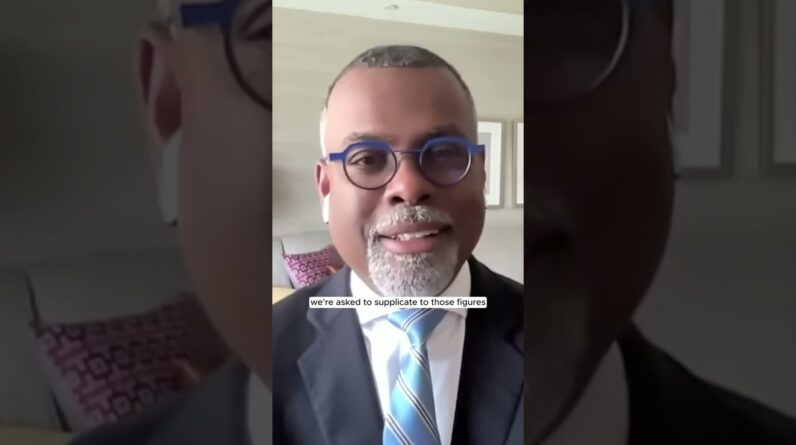
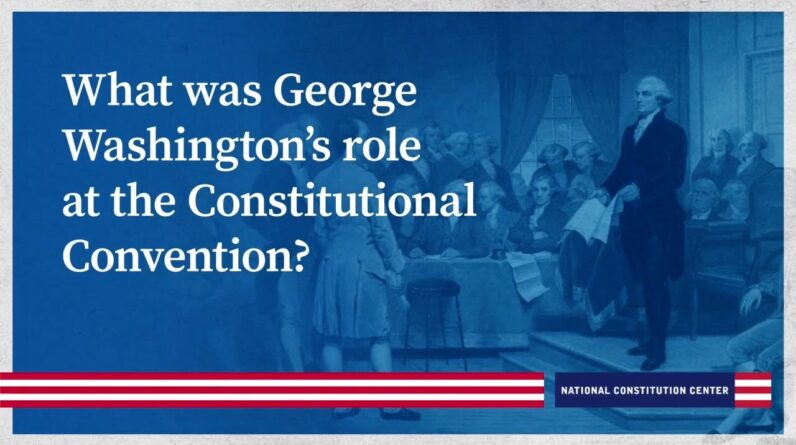
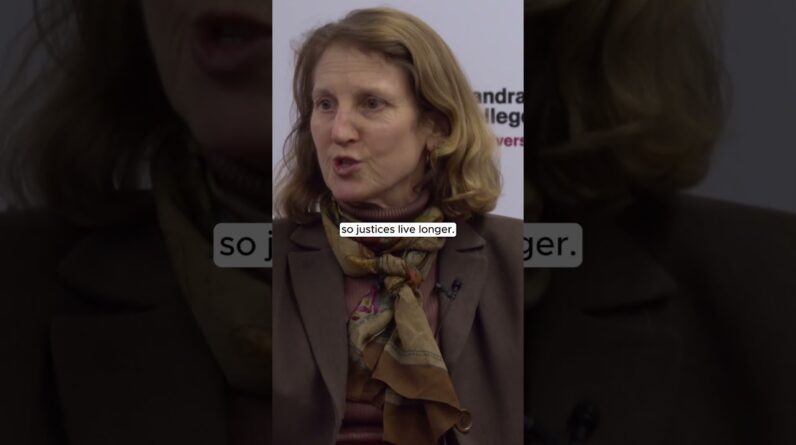
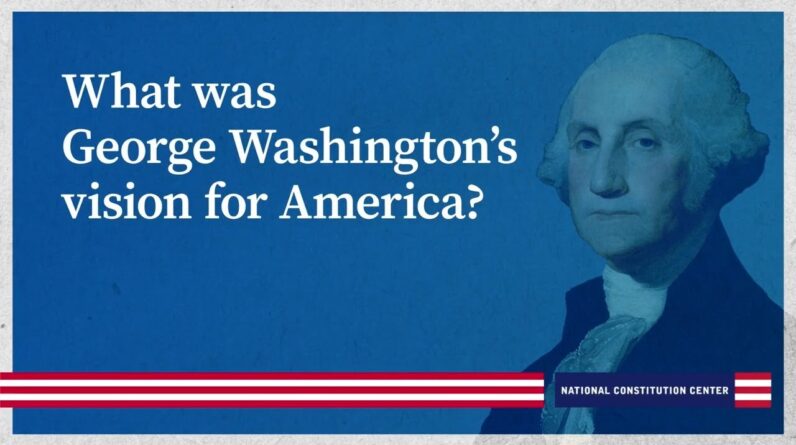
Outstanding feature